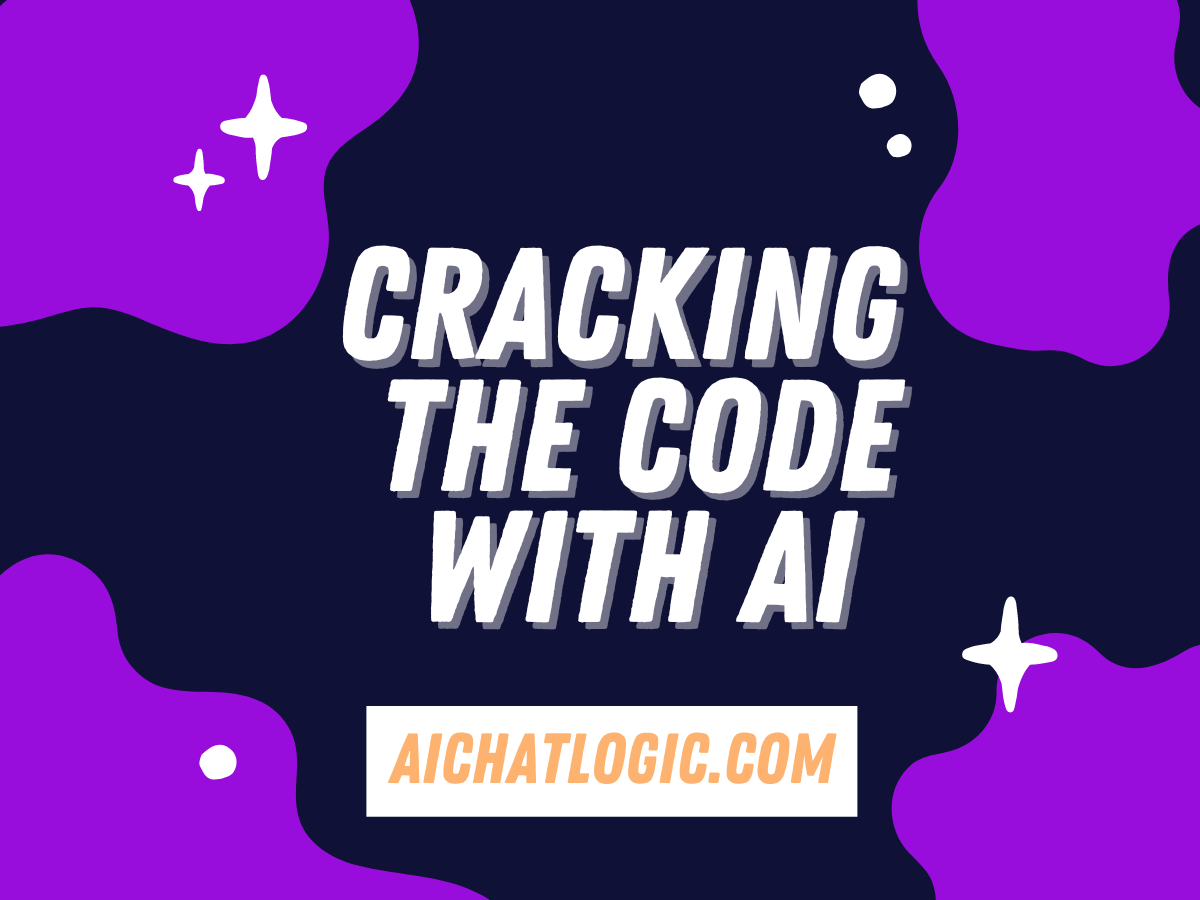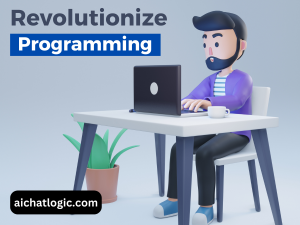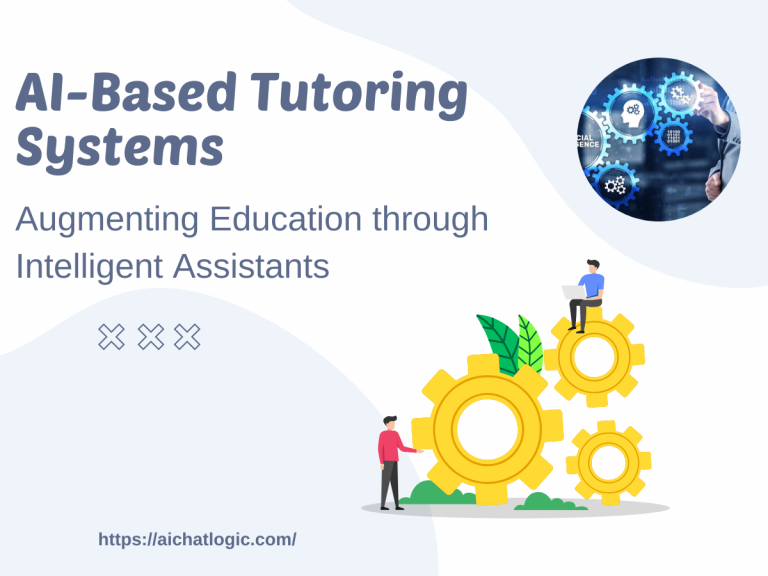Programming is an art that requires creativity, precision, and problem-solving skills. As the complexity of software development continues to grow, developers are constantly seeking ways to improve their coding efficiency and productivity. One groundbreaking solution that has emerged in recent years is the use of AI-powered language models as programming assistants. These advanced algorithms have the potential to revolutionize the way we write, understand, and maintain code. In this article, we will explore the power of AI language models and how they can assist programmers in cracking the code.
Introduction
In today’s fast-paced digital world, software development plays a crucial role in shaping industries and driving technological advancements. As programming languages evolve and projects become more intricate, developers often encounter challenges that require them to spend hours researching, debugging, and experimenting with code. Language models powered by artificial intelligence offer a promising solution to these obstacles by providing developers with intelligent assistance at their fingertips.
What are Language Models?
Language models are AI-driven algorithms designed to understand and generate human language. They are trained on vast amounts of textual data and learn patterns, grammar, and context. These models have the ability to generate coherent and contextually relevant text, making them invaluable tools for various natural language processing tasks.
Language Models in Programming
The application of language models in the field of programming has gained significant attention in recent years. These models can analyze code, detect errors, suggest improvements, and even generate code snippets. By leveraging their understanding of programming languages and patterns, AI language models can provide assistance and enhance developers’ productivity.
Benefits of Using Language Models as Programming Assistants
Improved Code Comprehension
One of the key advantages of using AI language models as programming assistants is their ability to comprehend complex code structures. These models can parse through lines of code, identify dependencies, and provide insights on how different components interact with each other. This deep comprehension allows developers to gain a holistic understanding of the codebase, enabling them to make more informed decisions and write better-quality code.
Enhanced Code Generation
AI language models excel at generating human-like text, and this capability extends to generating code as well. Developers can leverage these models to automatically generate code snippets based on given requirements or specific patterns. This feature can significantly speed up the development process, especially for repetitive tasks or boilerplate code.
Efficient Error Detection and Correction
Bug hunting is a common and time-consuming task for developers. AI language models can assist in this process by analyzing code for potential errors and suggesting possible fixes. They can detect syntactical issues, identify logical flaws, and recommend solutions based on their understanding of programming principles. By leveraging the expertise of these models, developers can streamline the debugging process and improve the overall code quality.
Automated Documentation
Documenting code is an essential practice for maintaining projects and facilitating collaboration. However, writing comprehensive documentation can be a tedious task for developers. AI language models can automate this process by generating code comments, function descriptions, and documentation templates. This automation reduces the burden on developers and ensures that projects have up-to-date and well-documented code.
Increased Productivity
By automating routine tasks, providing code suggestions, and improving code comprehension, AI language models significantly enhance developers’ productivity. These models can help reduce the time spent on debugging, researching, and writing repetitive code segments. As a result, developers can focus more on creative problem-solving, innovation, and the overall software architecture.
AI Language Models in Action
Several AI language models have gained prominence in the field of programming. These models, such as GPT-3, Codex, and GitHub Copilot, have demonstrated remarkable capabilities in assisting developers throughout the software development lifecycle.
Popular AI Language Models for Programming
- GPT-3: Developed by OpenAI, GPT-3 is a state-of-the-art language model known for its text generation capabilities. It has been trained on a diverse range of sources and can provide assistance in various programming languages.
- Codex: Built by GitHub and powered by OpenAI, Codex is a language model specifically designed for assisting programmers. It can understand and generate code across multiple programming languages, making it a valuable tool for developers.
- GitHub Copilot: Developed by GitHub, Copilot is an AI-powered coding assistant that integrates with popular code editors. It suggests code completions, generates function signatures, and provides contextual documentation, helping developers write faster and more accurately.
How to Use AI Language Models as Programming Assistants
Using AI language models as programming assistants is a straightforward process. Developers can interact with these models through APIs or dedicated plugins for code editors. By providing input prompts or code snippets, developers can request assistance or generate code based on specific requirements. The models then analyze the provided information and generate responses that can be integrated into the development workflow.
Best Practices for Utilizing AI Language Models
To maximize the benefits of AI language models as programming assistants, developers should consider the following best practices:
- Provide Clear Instructions: When requesting assistance or code generation, ensure that instructions are concise, specific, and unambiguous. Clear instructions help the models understand the desired outcome and generate accurate responses.
- Iterate and Experiment: Experimentation is key when using AI language models. Developers should iterate on the input prompts, tweak parameters, and analyze the generated outputs to refine and enhance the results.
- Combine with Human Expertise: While AI language models offer valuable insights, they are not a substitute for human expertise. Developers should utilize the models’ suggestions as a starting point and apply their domain knowledge to validate and improve the generated code.
- Stay Updated: AI language models evolve rapidly, and new versions with improved capabilities are released regularly. Developers should stay updated with the latest advancements and leverage newer models to benefit from their enhanced performance.
Potential Challenges and Limitations
Despite their remarkable capabilities, AI language models also present certain challenges and limitations. These include:
- Limited Context Awareness: AI language models primarily rely on the provided input and might not consider broader project-specific context or domain-specific knowledge.
- Lack of Code Security: Sharing code or project-specific information with external AI models raises concerns about data privacy and code security. Developers should carefully evaluate the risks and take necessary precautions when utilizing these models.
- Bias and Ethical Considerations: AI language models learn from vast amounts of data, including potentially biased sources. Developers should be cautious of potential biases in the generated suggestions and take steps to mitigate them.
The Future of AI Language Models in Programming
AI language models have already made a significant impact on the programming landscape, and their potential for further innovation is immense. As research in this field progresses, we can expect even more powerful and contextually aware models that can seamlessly integrate with developers’ workflows. The future holds the promise of AI-powered code assistants that will continue to enhance productivity, code quality, and collaboration among developers.
Conclusion
AI language models have emerged as powerful allies for programmers, revolutionizing the way code is written, understood, and maintained. These models enable improved code comprehension, enhance code generation, facilitate error detection and correction, automate documentation, and boost developers’ productivity. By following best practices and leveraging popular AI language models, developers can tap into the immense potential of these assistants and unlock new horizons in software development.
FAQs
Q1: Are AI language models capable of understanding all programming languages?
AI language models are trained on vast amounts of data, including code samples from various programming languages. While they can provide assistance and generate code for multiple languages, their performance may vary depending on the specific language and the training data available.
Q2: Can AI language models completely replace human programmers?
No, AI language models cannot replace human programmers. They serve as powerful assistants, augmenting human expertise and enhancing productivity. Human programmers bring creativity, critical thinking, and domain knowledge that AI models currently lack.
Q3: Are there any ethical concerns when using AI language models in programming?
Yes, there are ethical considerations when using AI language models. These models learn from a wide range of data, including potentially biased sources. Developers should be cautious of any biases in the generated suggestions and take steps to mitigate them. Additionally, data privacy and code security should be carefully considered when sharing code with external AI models.
Q4: How frequently are AI language models updated?
AI language models are continuously evolving, and new versions with improved capabilities are released regularly. Developers should stay updated with the latest advancements and consider leveraging newer models to benefit from enhanced performance and functionality.
Q5: Where can I access AI language models for programming assistance?
AI language models can be accessed through APIs provided by platforms like OpenAI or integrated into code editors through dedicated plugins. Developers can utilize these resources to interact with the models and leverage their capabilities within their development workflows.












+ There are no comments
Add yours